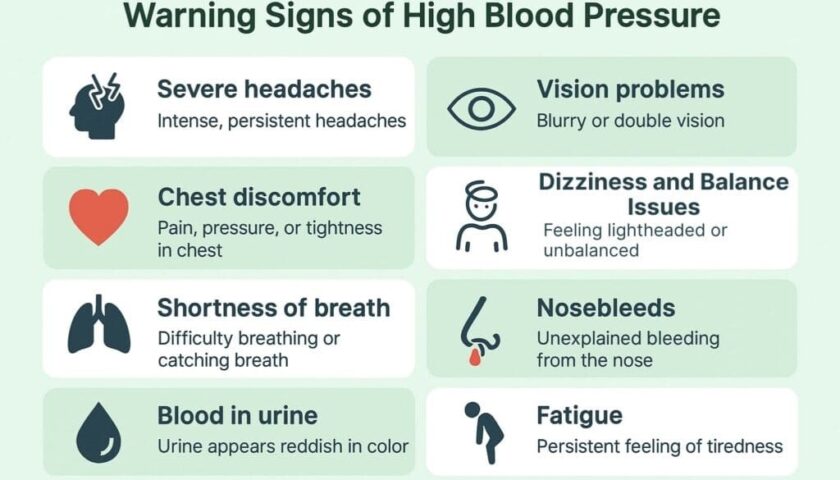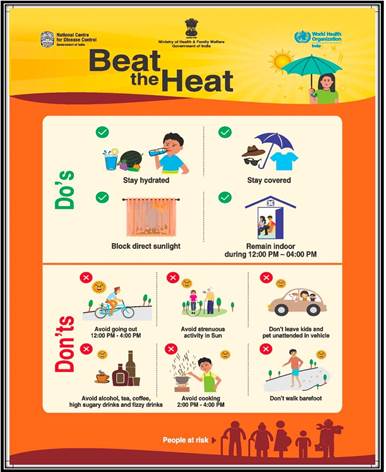By : Saika J
In the relentless hustle of modern life, where time for elaborate gym sessions or intricate yoga routines may be a luxury, one often overlooks the profound benefits of a seemingly simple act — walking. Numerous studies have highlighted the long-term advantages of walking, ranging from maintaining heart health to boosting metabolism and even aiding in controlling high blood pressure. The notion of achieving the golden 10,000 steps per day has been widely propagated, but the truth is, the magic lies in the individualization of your walking routine.
The Prowess of a Single Step: Decoding the Walking Wonders
Walking isn’t merely a form of exercise; it’s a transformative journey towards a healthier, happier version of yourself. In a world dominated by fast-paced schedules and high-tech fitness options, the understated power of walking often gets overshadowed. However, scientific evidence resounds with clarity — walking, a low-cost, accessible activity, unlocks a treasure trove of health benefits applicable to individuals across all age groups.
Beyond the 10,000-Step Myth: Tailoring Your Walk to Your Needs
While the 10,000-step goal serves as a motivational benchmark, it’s crucial to recognize that this number isn’t a universal prescription. The key lies in customizing your walking routine to align with your unique fitness level and personal needs. Whether you’re a seasoned athlete or a beginner taking the first steps, there exists a walking plan perfectly poised to unleash your inherent potential.
The Scientific Symphony of Health Benefits
Research consistently paints a vibrant canvas of the benefits bestowed by walking. From the fundamental aspects of maintaining a healthy heart and enhancing metabolism to the intricate dance of blood pressure regulation and the mitigation of chronic diseases like diabetes and hypertension, walking stands as a stalwart ally. A groundbreaking 2022 study even revealed that a target of 8,200 steps daily could effectively combat obesity, acid reflux, diabetes, and hypertension — a testament to the transformative prowess of this everyday activity.
Prerequisites Before Lacing Up: Fundamental Principles for a Fulfilling Walk
Before embarking on your walking journey, engrain these essential principles into your routine:
Listen to Your Body:
There exists no universal step count that applies to everyone. Commence with a comfortable distance and gradually escalate as your fitness ascends. Aiming for at least 5,000 steps daily serves as an excellent starting point for most adults.
Post-Meal Movement:
A brief 15-20 minute walk after meals can orchestrate wonders for your blood sugar levels. Swap the post-dinner couch session for a stroll around the block, and witness your body expressing its gratitude.
Embrace the Brisk:
While leisurely strolls hold their charm, for calorie burning and weight management, inject a dose of briskness into your walk. Strive for a brisk pace, targeting 87 steps per minute for men and 100 steps per minute for women.
Navigating Seasonal Shifts: Walking Wisdom for Every Weather
Don’t let the chill of winter extinguish your walking enthusiasm. Bundle up and infuse at least 150 minutes of walking into your weekly routine. And as you tread through the changing seasons, maintain a posture that speaks of confidence — stand tall, let your shoulders relax, and resist the urge to constantly gaze downward, preventing any undue strain on your neck.
Age-Specific Recommendations: Tailoring Your Walk to Your Life Stage
Just as each snowflake bears its uniqueness, every walker follows a distinct path. Let’s delve into age-specific recommendations to optimize your walking routine:
Children (5-12 years old):
Encourage active play and exploration through outdoor activities. A minimum of 60 minutes of moderate-to-vigorous physical activity daily, with walking woven into the fabric, sets the stage for a healthy foundation.
Teenagers (13-18 years old):
Foster participation in sports, group walks, or active hobbies. Target a minimum of 60 minutes of moderate-to-vigorous physical activity daily, incorporating brisk walking for its mood-boosting and stress-reducing benefits.
Adults (19-64 years old):
The majority of adults benefit from at least 150 minutes of moderate-intensity aerobic activity or 75 minutes of vigorous-intensity aerobic activity weekly. Integrate brisk walking into the repertoire, complementing it with other activities like swimming or cycling to achieve these goals.
Older Adults (65+ years old):
Aim for at least 150 minutes of moderate-intensity aerobic activity or 75 minutes of vigorous-intensity aerobic activity weekly. Tailor the incorporation of walking based on individual abilities and potential health concerns. A consultation with your doctor can provide personalized recommendations.
Do’s and Don’ts for Optimal Walking: Walking Wisdom to Safeguard Your Journey
Do:
- Choose comfortable shoes with good support.
- Warm up before walking with light stretches or a brisk walk at a slower pace.
- Cool down after walking with gentle stretches.
- Stay hydrated by carrying a water bottle.
- Walk with a friend or group for motivation and safety.
- Listen to your body and take rest days when needed.
Don’t:
- Push yourself too hard, especially when starting out.
- Neglect proper posture and form.
- Walk alone in poorly lit areas.
- Ignore pain or discomfort — consult your doctor if needed.
- Forget to enjoy the journey! Embrace the sights, sounds, and fresh air.
The Art of Walking: A Celebration of Movement
Remember, walking isn’t a competition; it’s a celebration of movement. Begin with small steps, attune yourself to your body’s signals, and revel in the joy of placing one foot in front of the other. With each step, you invest in your well-being, unwrapping the gift of a healthier, happier you!





